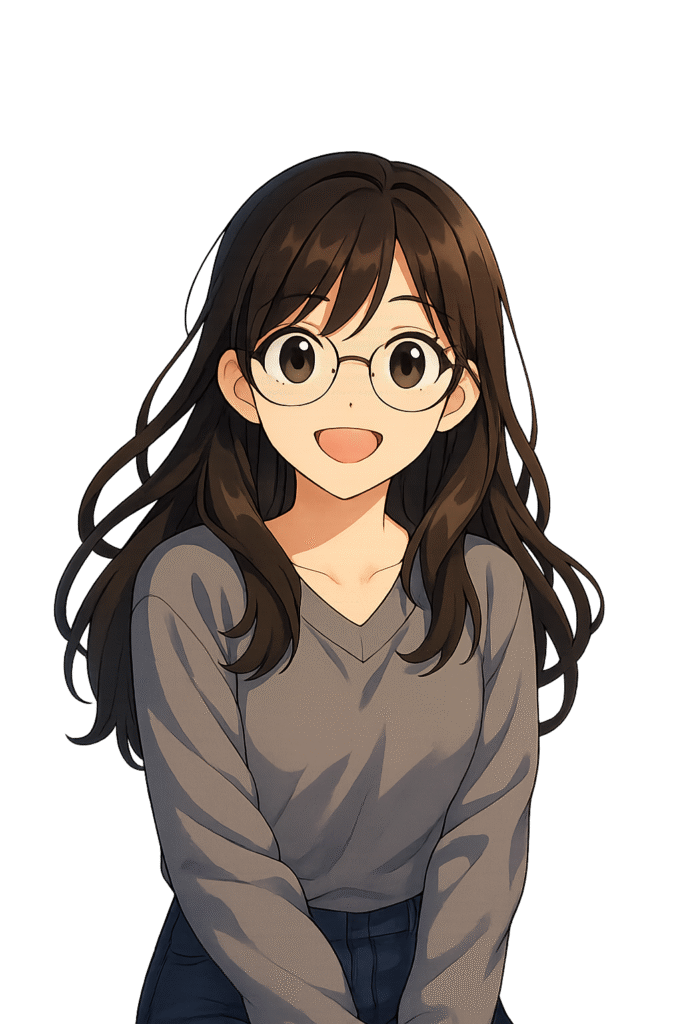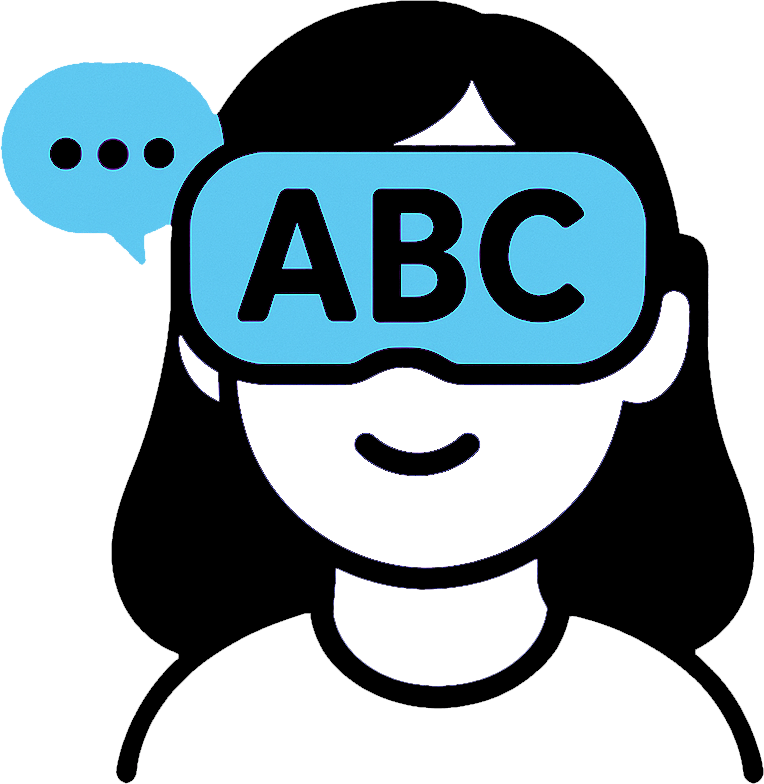REFLECTION
WANG YUYU (23103851):
The topic of this website project was formed after we studied the course content in depth and conducted multiple group discussions. The online course module provided by the teacher explained in detail the basic principles and practical operation procedures of website design, which greatly helped us understand how to build a website with a clear structure and complete functions.
In the process of website production, we paid special attention to the coordination and unity of page structure, visual presentation and information communication. We made the content more attractive and readable through colour matching, graphic combination and interactive design. It is also an exercise of multimodal expression ability. This task made me deeply realize that digital media is not only a tool for carrying language information, but also an important factor affecting learners’ understanding and participation. Especially in language learning, whether the interface design is intuitive and whether the information presentation is clear will directly affect learners’ concentration and acceptance.
In addition, in teamwork, we constantly communicate and modify the content, format and style of the page, which truly realizes the significance of collective creation. Every adjustment prompts us to think about how to make technology better serve language education from the perspective of learners. Through this project, I not only improved my practical operation and cross-domain collaboration capabilities but also gained a better understanding of the deep connection between technology and education, which further strengthened my interest and confidence in the prospects of the integration of educational technology.


DING WENLI (23103049):
This assignment deepened my understanding of theoretical knowledge while also challenging my practical skills. I realized that language learning goes beyond grammar and vocabulary—it’s about meaningful communication in authentic contexts. By integrating key theories, we built a solid foundation for applying VR in language education.
Throughout the project, I understood that while VR offers significant advantages in language learning, it also faces practical challenges. This made me realize that the feasibility of a theory must align with educational realities; otherwise, even the best ideas may be hard to implement. Although most students responded positively to the immersive experience, issues like technological adaptation, device discomfort, and distractions existed. This feedback made me see that to promote VR-based teaching in the future, more preparation is needed in technical training, classroom management, and differentiated instructional design.
In terms of web design, I also gained valuable experience. One key challenge was presenting large amounts of theoretical content without overwhelming the reader. To solve this, we improved readability and interactivity by clearly organizing content (headings and sections) and adding toggle or collapsible elements. We also focused on visual balance—breaking up long text with visuals, icons, and bullet points to make the content more accessible. These seemingly small design choices had a strong impact on information delivery and taught me how to communicate complex academic ideas more effectively through visual design. Through this process, I realized that just like VR emphasizes “interactive experience,” a well-designed website should let users be “immersed,” not just passively read content.
YANG FENGLING(23094765):
At the beginning of the topic selection, our group carefully reviewed what we learned in class about new technologies and language learning. We found that current trends emphasize immersive, task-oriented, and interactive learning styles. This helped us realize that VR technology fits these modern concepts by creating realistic contexts. While VR has been widely applied in gaming and early education, its use in adult English learning—especially in improving speaking skills—is still limited and under-researched. This gap inspired us to explore how VR can enhance speaking in adult ESL education. Therefore, we chose “VR technology to improve adult ESL oral ability” as our topic, as it meets course goals and addresses real-world learning needs.
Throughout the project, we worked closely as a team. Everyone actively contributed to writing, design, and revision, communicating constantly to refine each detail. I believe teamwork means more than dividing tasks about mutual support and collaboration. We often revised paragraphs and layout repeatedly to make the website clearer and more logical.
This project showed me the power of teamwork and how small details shape the overall result. I also learned that integrating technology into education is not just about presentation but about enhancing learning.


HUANG CHEN(23100952):
Guided by the online course, we learned how to design websites and explored the potential of integrating language learning with technology. Ultimately, we chose “Virtual Reality and Adult English Speaking” as our theme.
In creating the website, we considered the topic from various perspectives. We not only analyzed the benefits of VR in improving learners’ motivation and speaking performance, but also critically examined its limitations, such as high costs and technical demands, by referencing academic literature. We aimed for a balanced view, focusing on teaching effectiveness, psychological impact, and sustainability. This project helped me realize that academic expression is more than presenting existing viewpoints—it’s about forming evidence-based judgments.
Beyond the content, we also reflected on technical aspects of the website itself. We found that layout design has a direct impact on readability and user experience. At the same time, the thoughtful use of functional plugins, such as interactive elements or embedded videos, can make the site more engaging and informative. These technical considerations deepened our understanding of how digital tools support language learning in practice.
My skills in content selection, logical structuring, and digital presentation have all improved through this practice. Furthermore, our group collaboration was highly productive, inspiring creative ideas and allowing us to learn from one another. To sum up, this experience was both a cooperative task and a valuable academic practice that helped us a lot.
Peng Xuan (23099868)
Making a website seems easy at first, but building one that looks good and actually works is way harder than I thought. When I worked on the “Major Trend” page, I realized it’s not just about researching VR and putting info into the site—having a good eye for visuals and adding interactive parts really matters too. It was cool to see everything come together, even if there’s still a lot I could improve.
What surprised me most was how advanced VR has become, yet it’s barely used in schools. AltspaceVR had so much potential but shut down in 2023, and honestly, I only recently found out about it—same with Google Cardboard, which came out 10 years ago! And even though students are curious about VR, there are still issues like not knowing how to use the devices, eye strain, screen addiction and cost.
To really bring VR into classrooms, we need collaboration—educators, tech experts, and content creators working together to make useful, affordable resources that fit the curriculum. With regular updates and feedback from teachers and students, VR could eventually become a normal part of learning.

Redefining Life Through Technology
Corleo, a new way of transportation
Video made by AI
LG OLED, a new type of TV
. . . . . .
